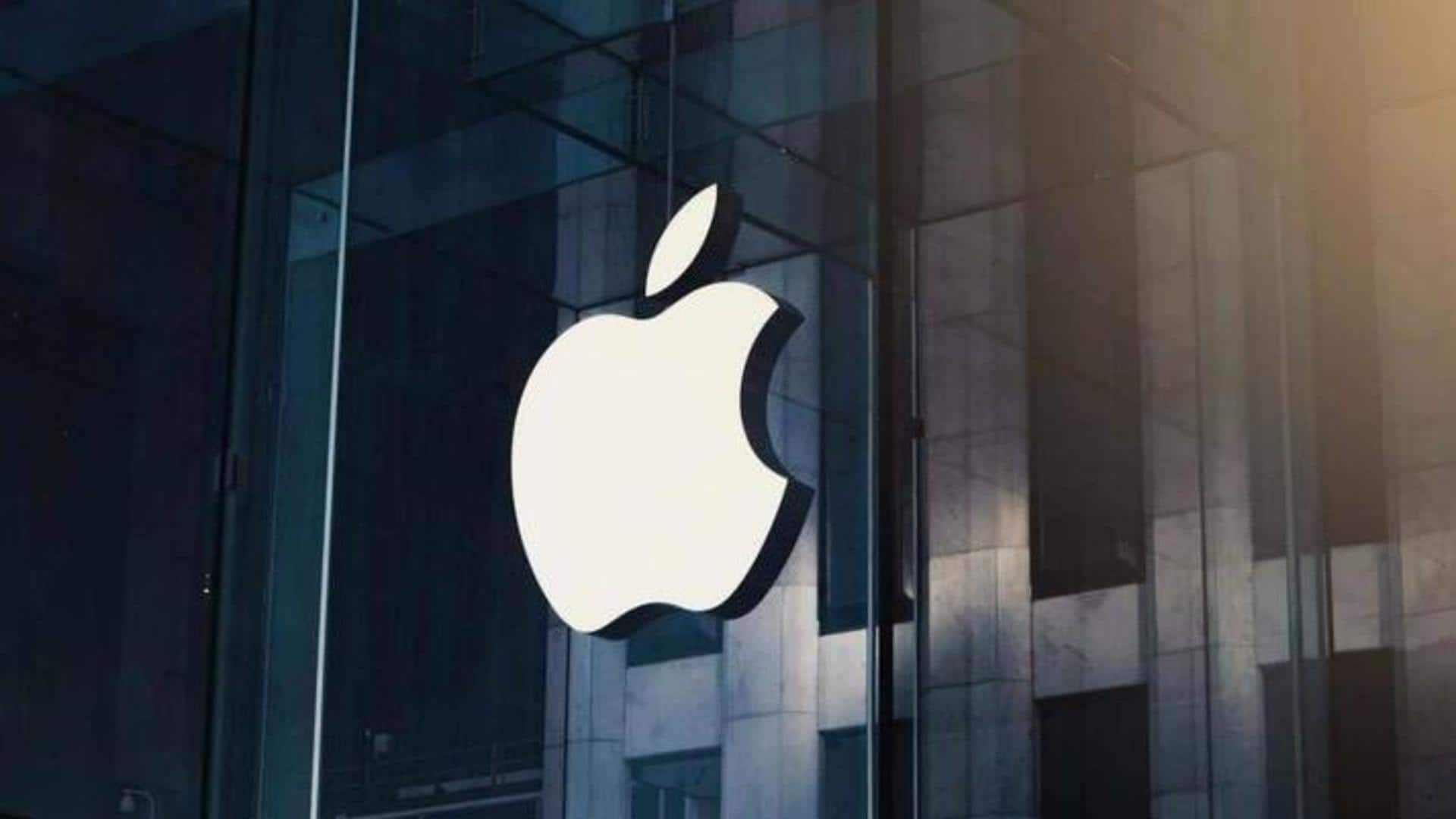
How Apple is heading toward becoming carbon neutral by 2030
What's the story
Apple plans to go carbon neutral by 2030, through its entire supply chain and the life cycle of each product. In view of its goal, the tech giant has allocated an additional $200 million to its Restore Fund which was established in 2021. Here we discuss how the company is taking giant strides toward reaching net zero emissions.
Restore fund
Restore Fund was initially set up with $200 million commitment
The Restore Fund was set up along with Goldman Sachs and Conservation International, a nonprofit organization, with initial commitment of $200 million. The latest investment is expected to help the company attain its target of removing one million metric ton of carbon dioxide per year. Climate Asset Management, a joint venture of HSBC Asset Management and Pollination, will now see to the expanded fund.
Information
"The Restore Fund is an innovative investment approach"
"The Restore Fund is an innovative investment approach that generates real, measurable benefits for the planet, while aiming to generate a financial return," said Lisa Jackson, Apple's vice president of Environment, Policy, and Social Initiatives.
Measures
Apple products are also designed with recycled content
Apple has been channeling a low-carbon approach into its product design. The company's robot, called "Dave," can disassemble the Taptic Engine from the iPhone to help in the better recovery of rare earth magnets and tungsten. Products sold between 2019-2020, including the iPhones, iPads, and Apple smartwatches, were made with recycled content, including 100% recycled Taptic Engine, the first for any smartphone.
HQ
Apple's headquarters runs completely on renewable energy
Apple Park, the company's headquarters, runs completely on renewable energy owing to the 17 megawatts of solar panel installation. Apple is working with 250 suppliers across 28 countries to adopt green power sources, which would account for over 20 gigawatts. In 2022, Apple's Supplier Clean Energy Program cut down 17.4 million metric tons of carbon dioxide emissions, equal to removing 3.8 million cars.
Forests
Restore Fund has invested in forests around Brazil and Paraguay
Apple is also investing in nature-based solutions to remove carbon from atmosphere. Restore Fund has invested in forest regions in Brazil and Paraguay over the past two years. Along with The Conservation Fund, World Wildlife Fund, and Conservation International, Apple has "protected and improved the management of over one million acres of forests and natural climate solutions in China, the US, Colombia, and Kenya."
UNCC
Apple is reducing its carbon footprint by using recycled materials
United Nations Climate Change reports that the average energy used by an Apple product has decreased by 70% across all of its major product lines. The company cut down on its carbon footprint in its manufacturing processes by using recycled materials. Further, the Apple Trade-In program, wherein customers can exchange old devices, helps avoid the emissions related to the extraction of raw materials.
Report
Apple's carbon footprint reduced by 40% in 2021
Per Apple's Environmental Progress report, the company avoided over 23 million metric tons of emissions in 2021. The carbon footprint was reduced by 40% when compared to 2015 and 75% lesser plastic was used for packaging. Apple plans to eliminate plastic from its packaging by 2025. In 2021, Apple doubled the use of recycled tungsten, rare earth elements, and cobalt in its products.
Information
The iPhones have been designed with these recycled parts
On iPhones, the antenna lines are made from upcycled water bottles. Further, 100% recycled gold is present in the wire of all cameras, 100% recycled tin is used in the solder of the main logic board, and 100% recycled rare earth elements in all magnets.